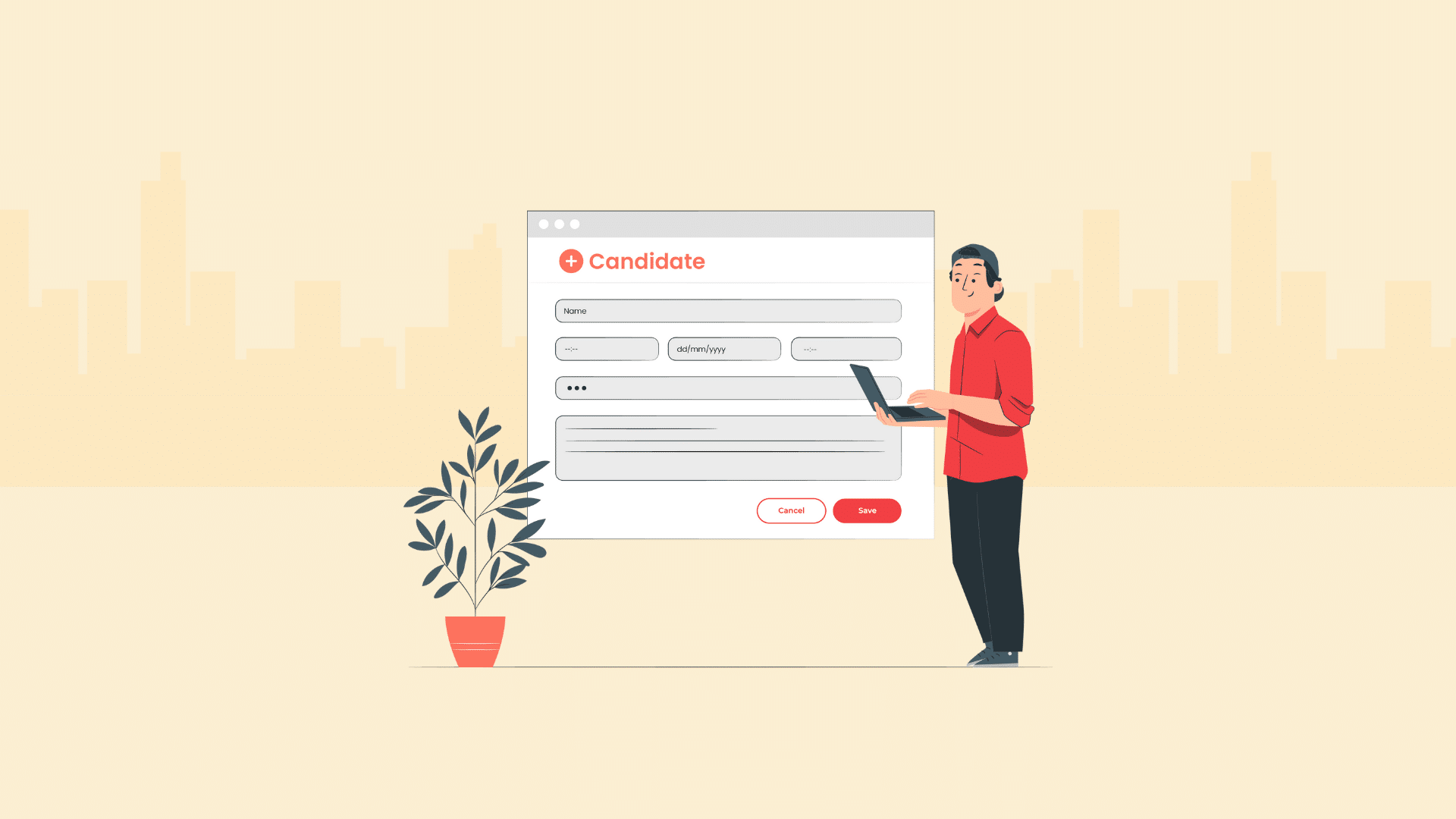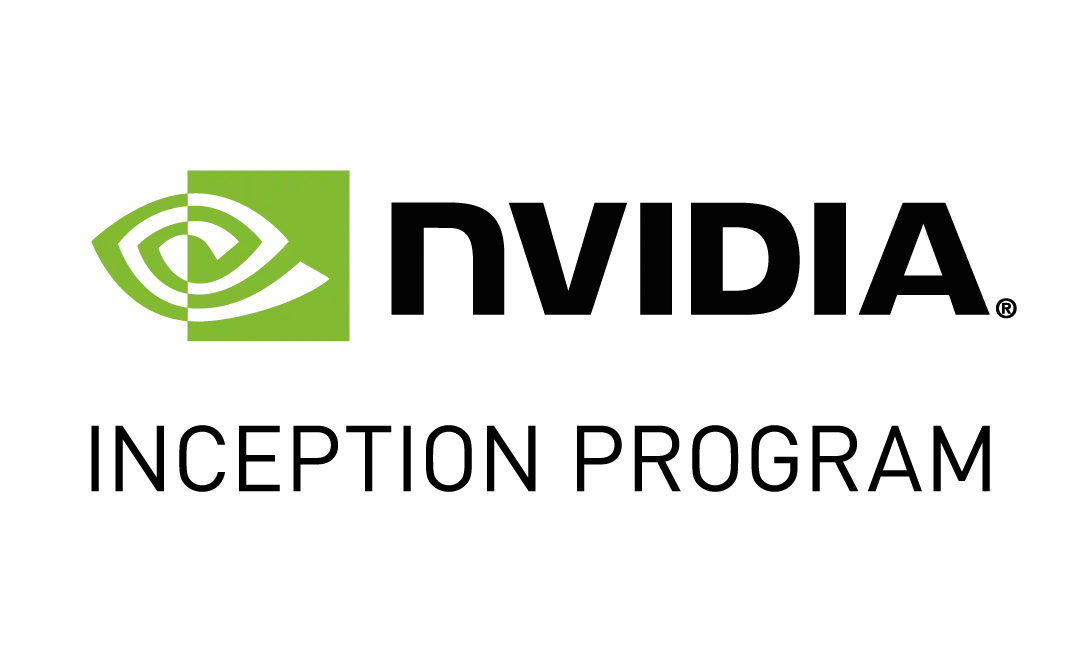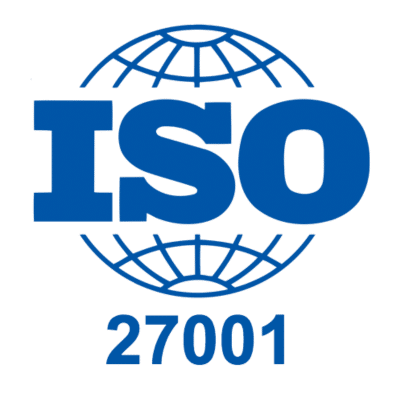Understanding the difference between “skills” and “abilities” is crucial for building a strong and effective workforce. While the terms are often used interchangeably, they represent distinct concepts that can impact how talent is assessed and developed. Let’s learn everything about it in this blog post.
What are skills and abilities?
Skills and abilities are the qualities that enable individuals to perform tasks effectively.
Skills are developed through training, education, or experience—such as leadership, data analysis, or technical expertise. Abilities are innate traits or capabilities, like adaptability, problem-solving, or quick decision-making.
Together, they play a crucial role in determining a candidate’s suitability for a role and their growth potential.
Why HR should know the difference between skills and abilities?
Having deep knowledge of skills, abilities, and knowledge is essential when identifying staff training and development needs. Employees perform better and feel more valued when they’re given opportunities to improve, and that starts with knowing what areas they need support in.
Studies show that 79% of employers who quit cited lack of recognition as the primary reason. This understanding directly impacts employee retention, as professional growth is a key motivator for staying with an organization.
How to identify?
A skills gap analysis is a critical tool for assessing employees’ strengths and identifying areas for improvement. This process shouldn’t be limited to onboarding; it should be conducted regularly throughout an employee’s journey with the organization.
For example, an analysis might reveal that a team member excels at technical skills but needs additional communication or project management training. Addressing these gaps not only boosts individual performance but also enhances team efficiency and overall business success.
Recognizing skills and ability gaps enables employers to:
- Align employees with roles where they can thrive, leveraging their strengths.
- Provide targeted training to address weaknesses and unlock potential.
- Avoid mismatched placements that lead to frustration and inefficiency.
Failing to address such gaps can lead to low staff morale, decreased productivity, and leadership concerns.
For instance, placing an employee with limited leadership skills in a managerial role without proper development can result in poor team performance and dissatisfaction.
This is especially important because 50% of employees unhappy with their manager will leave within a year. Also, according to a LinkedIn survey, almost 7 out of 10 employees would quit their jobs because of a bad manager.
Difference between skills and abilities
Skills are qualities that are developed over time, while abilities are innate characteristics that one is born with. Let’s understand even further.

Skills
Skills refer to the specific learned capacities or proficiencies a person develops over time. These can be technical or soft skills and are usually the result of training, practice, or experience. Skills are generally quantifiable and can be demonstrated, tested, or evaluated in measurable ways.
Example: A software developer’s ability to write code in Python is a skill. This skill is developed through education, practice, and real-world experience.
There are two types of skills commonly recognized in the workplace:
- Hard skills: These are technical abilities related to specific tasks or functions within a role. For instance, accounting software proficiency, data analysis, or project management.
- Soft skills: These are personal attributes or interpersonal abilities, such as communication, leadership, and problem-solving. While soft skills are difficult to measure, they are essential for effective team collaboration and organizational success.
According to a LinkedIn report, 92% of talent professionals believe soft skills are equally or more important than technical skills in hiring, underscoring the need to evaluate both skill types during recruitment.
Abilities
Abilities, on the other hand, refer to a person’s natural or inherent capacities. These are typically broader than skills, less about learned expertise, and more about inherent potential. While skills are honed through education and experience, abilities can be present early and are influenced by genetics, environment, and personality.
Example: Someone with a natural ability to solve problems quickly or think creatively may excel in roles that require innovative thinking, even if they haven’t been formally trained in a specific skill set.
Abilities can be categorized as:
- Cognitive abilities: These involve mental capabilities, such as logical reasoning, memory, and analytical thinking. For instance, the ability to quickly process complex information.
- Physical abilities: These are more tangible and relate to physical strength, coordination, or stamina. A warehouse worker, for instance, may possess natural physical abilities that allow them to handle heavy items effectively.
Research by the National Center for Biotechnology Information (NCBI) suggests that cognitive abilities are a key predictor of job performance, especially for complex roles. According to one study, cognitive ability tests predict job performance at a rate of 0.51, considered a strong correlation.
10 Difference between skills and abilities
- Learning process
Difference: Skills are acquired through training, practice, and experience, while abilities are innate or natural attributes that a person possesses.
Example: A recruiter can learn interviewing skills through training, but empathizing with candidates is a natural ability that enhances the interview process. - Measurability
Difference: Skills are easily measurable and can be tested, while abilities are more abstract and harder to quantify.
Example: A candidate’s ability to use an Applicant Tracking System (ATS) is a measurable skill, whereas the ability to assess cultural fit is more subjective and difficult to measure. - Development time
Difference: Skills can be developed and improved with continuous learning, whereas abilities remain relatively constant and are not easily changed.
Example: A HR professional can develop communication skills over time, but the ability to make quick, strategic decisions often depends on innate analytical skills. - Application
Difference: Skills are usually task-specific and applied in particular situations, whereas abilities are more generalized and influence overall performance across various tasks.
Example: A skill like proficiency in HR software is specific, while the ability to multitask is broadly applicable to multiple HR responsibilities. - Training requirement
Difference: Skills often require formal training or experience to develop, but abilities may not require specific training as they are inherent.
Example: HR managers need formal training to master performance management skills, but an individual’s ability to inspire others may not require formal education. - Role relevance
Difference: Skills are often tied to specific job roles, while abilities are more universally relevant across different roles.
Example: A recruitment officer needs the skill to write effective job descriptions, but the ability to quickly adapt to changing hiring needs is beneficial across various roles within HR. - Impact on job success
Difference: Skills tend to directly affect performance in specific tasks, while abilities have a broader impact on overall job success and leadership potential.
Example: A recruiter’s skill in sourcing candidates affects their success in the hiring process, while an HR leader’s ability to manage change influences their effectiveness across the organization. - Experience level
Difference: Skills often improve with experience and can be refined through practice, while abilities remain constant regardless of experience level.
Example: A HR assistant’s skill in managing employee records improves with experience, but their ability to maintain confidentiality is a constant, inherent trait. - Transferability
Difference: Skills are often specific to a particular job or industry, whereas abilities are more transferable across different roles or sectors.
Example: Skills like knowledge of labor laws are specific to HR, while the ability to resolve conflicts is transferable across various professional fields, including HR. - Assessability in recruitment
Difference: Skills are often assessed through practical tests or past job performance, while abilities are typically assessed through behavioral interviews or cognitive tests.
Example: In HR recruitment, a candidate’s team management skill can be assessed through a role-playing exercise, but their ability to motivate employees may be evaluated through situational interview questions.
Assess skills and abilities with Testlify
With Testlify, HR professionals can effectively assess both skills and abilities to ensure they’re hiring the right candidates. The platform offers customizable, different types of skill assessment tests that evaluate specific technical proficiencies, such as coding or data analysis, cognitive ability tests, situational judgment tests, and much more that measure inherent traits like problem-solving and decision-making.
Combining these assessments, Testlify provides a comprehensive view of each candidate’s capabilities, enabling better hiring decisions and fostering long-term success for your organization.
Whether you seek technical expertise or leadership potential, Testlify ensures a well-rounded evaluation process.
Book a free demo or try for free now!










